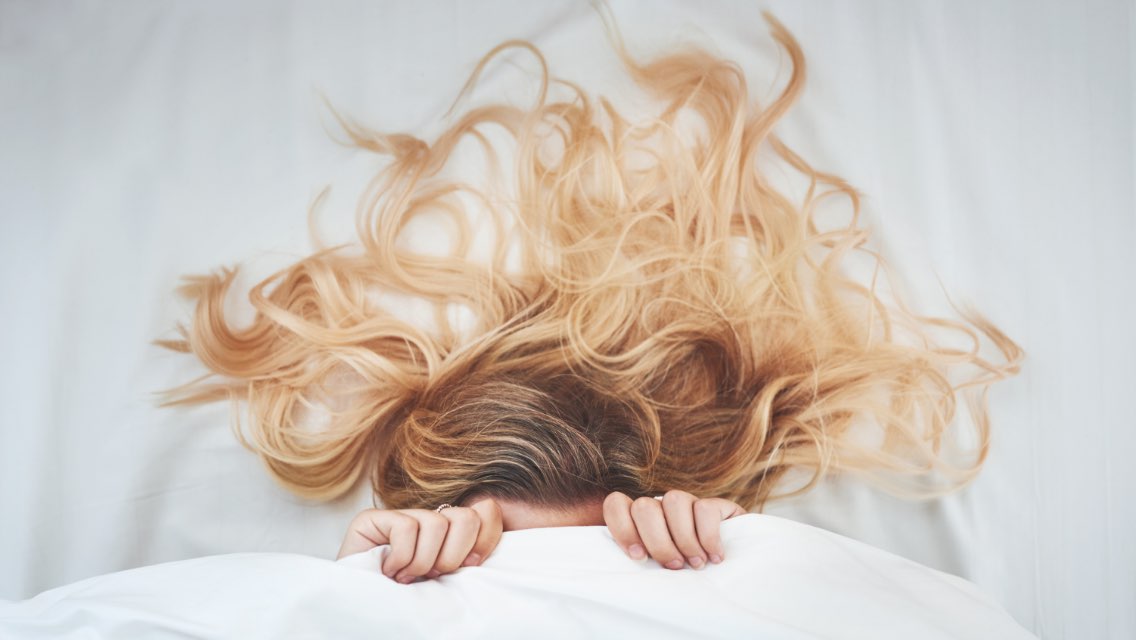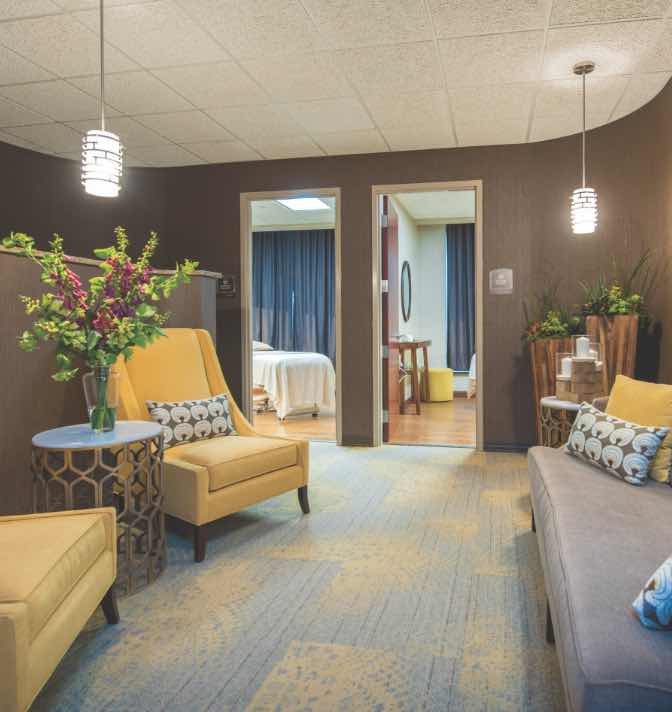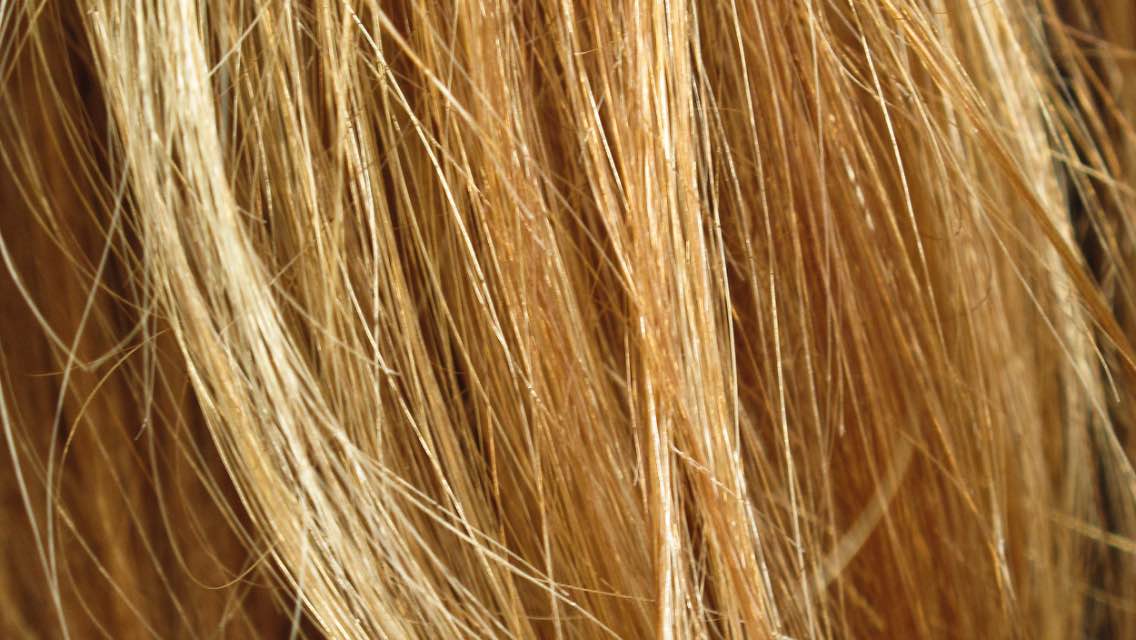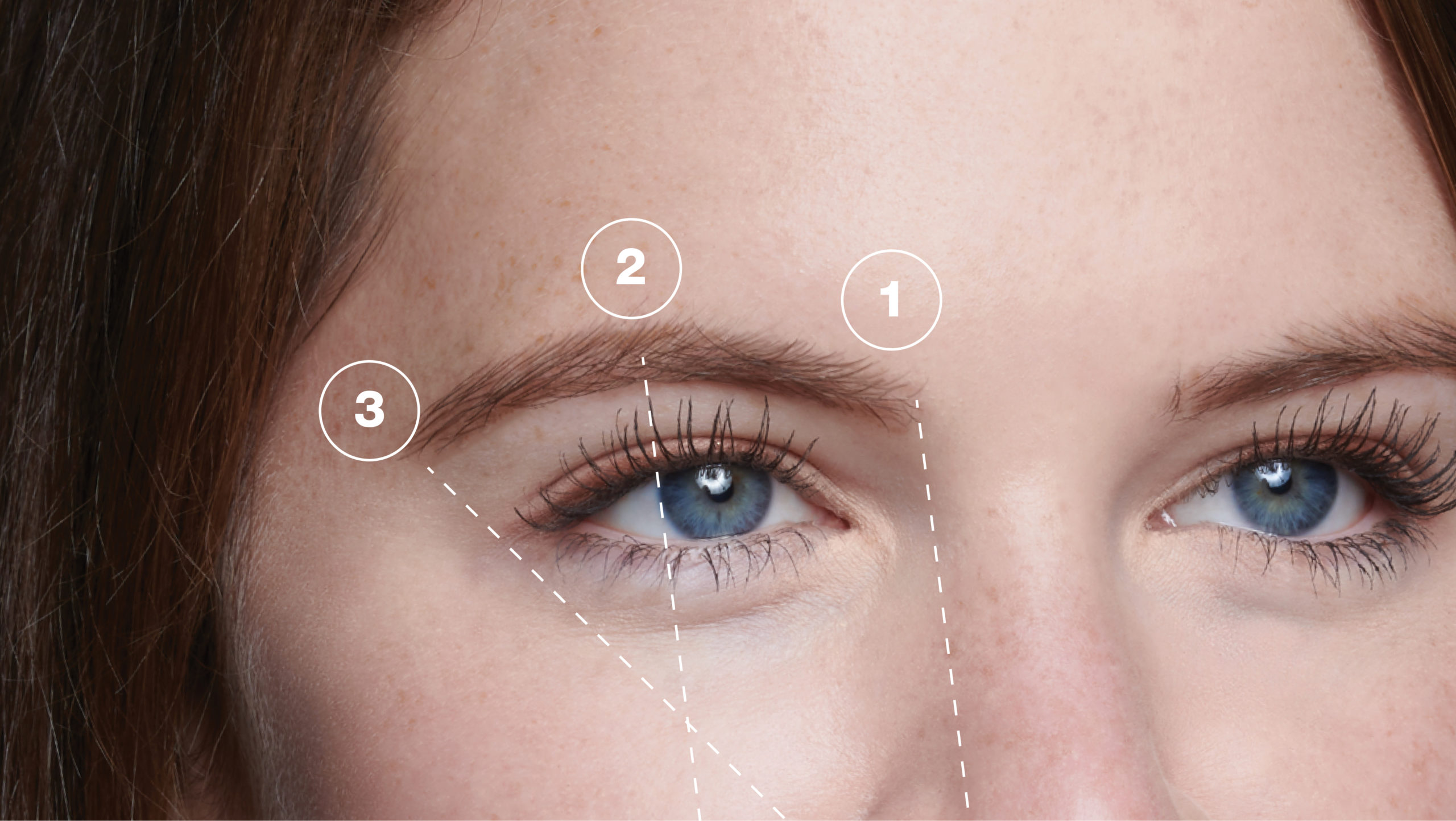If you’ve ever had unexpected hair color results, you know that not all treatments are created equal. So how do you know when to color your own hair or hire a professional?
To explain the differences between the two methods, we spoke with Jemma Bruton, LifeSpa elite stylist at Life Time in Overland Park, Kan., and gathered three key truths about hair color to help you weigh the advantages and disadvantages of each one.
Truth No. 1: Hair color is chemistry.
Professional colorists receive extensive training and undergo exams before they can work with clients — and for good reason: Coloring hair is a complex series of chemical reactions. Safely and effectively achieving a specific color outcome requires both knowledge of the color ingredients and a careful examination of the client’s hair type. Applying the same color formula on two clients’ hair can result in two very different hair color outcomes.
“Most clients come to me with hair that’s been previously colored either at home using box dye or in a salon,” Bruton says. “I’m able to look at the hair — its porosity, percentage of gray, texture, chemical processing, and more — and customize the strength of the solution and placement of the application to get the result they want.”
Bruton mixes the color solutions herself at a strength she’s determined appropriate for her client’s hair. “It’s incredibly unique,” she says. “I could choose 3-percent-strength formula for someone who’s never dyed their hair before, but I might choose 9 percent for another person who needs stronger processing.”
Box hair color, on the other hand, is a one-size-fits-all solution and is typically formulated at a strength of 6 to 9 percent — in addition to containing high levels of ammonia. “The combination can be way too strong for some types of thin, damaged, or porous hair,” Bruton says. “These stronger chemicals can leave hair dry, damaged, and over-processed. It can also make it difficult to change from one color to another or predict what your resulting color will be.”
Those looking to achieve a lighter hair color will want to be especially careful, cautions Bruton. “If your hair has been dyed before with professional or box color, you won’t be able to lighten it using hair dye alone,” she says. “Your natural roots will react much differently to lifting pigment than older sections of your hair that previously have been colored, and that can lead to brassy, uneven results. You’d need to introduce additional chemicals and application techniques to initiate the lightening process and get your desired shade.”
If you’re looking to go a full shade or more lighter or darker than your current hair color, Bruton advises you invest in a professional color appointment. “The more drastic the color change, the higher your chance of noticeable error,” she says.
Generally, if your hair is completely natural (never colored) or if you’re looking to add slightly more shine or dimension to your hair, box color could be an option for you to consider.
Truth No. 2: Box hair color is not always cheaper — in the long run.
While a store-bought box of hair color may come with a price tag under $15, even the most well-intended user who follows directions can end up with hair that’s an unintended color or uneven hue.
“Besides the possibility of your hair color looking different than what was shown on the box, there are other color mistakes to avoid. For example, repeated applications of box hair color can cause overlapping sections of color we call ‘banding,’” Bruton explains. “This causes a blotchy, striped effect that can become more obvious down the length of the hair as each root section grows out.”
When this happens, many people book a salon appointment to have a professional fix the mistake, but color corrections can take hours and may cost hundreds of dollars more than what the before-box-color appointment would have cost.
To avoid banding — and the potential price tag to fix it — color needs to be applied precisely at the regrowth (or roots) of the hair using a brush technique. “It can be too messy and difficult to do this at home by yourself,” Bruton says. “That’s why professional colorists apply the color in sections at the root around your head while being careful not to coat the scalp.”
Why avoid the scalp? Box color’s developer chemicals are combined with ammonia at a higher-volume strength than professional color, which can burn and damage the hair follicles and scalp over time. “It’s another reason to be aware and cautious of the chemical strength in the color product you’re applying,” she says.
You’ll also want to consider how frequently you’ll need to re-color your hair. If you choose box color, you’ll most likely repurchase and reapply every four-to-six weeks, whereas a salon professional can tailor your color to your desired maintenance level.
If your budget is tight and you know you’ll need additional time between appointments, your colorist can advise a hair color closer to your natural one, so it doesn’t grow out as noticeably. Or they may suggest highlights, balayage, or multi-dimensional color techniques that lend themselves to more growth between appointments.
Truth No. 3: Salon color lasts longer and is healthier on your hair than box hair color.
“Some clients will use box color as a quick fix, coloring over their roots to try and extend their time between professional appointments, or to keep their color brighter for longer,” Bruton says. “But that’s not something I’d advise. There are many other tips for making your professional color last longer.”
Box hair colors contain metallic salts at a high-volume concentration, which deeply penetrate the hair shaft. The layering of these metallic salts, along with the high-chemical combination of ammonia and peroxide, can damage the hair shaft, causing the color to appear duller with repeated application. Hair can also lack shine and become drier and more brittle over time.
The dull color also becomes more difficult to remove if you want to change it later. “Even box colors labeled semi-permanent won’t necessarily wash out when they say they will,” Bruton says. “The formulas are still so strong that your hair becomes more and more porous as it’s repeatedly exposed to the high concentration of chemicals. Your strands are going to absorb more pigment in areas that have been repeatedly exposed or otherwise damaged through excessive heat styling or chemical processing, leading to uneven color that takes longer to fade in some areas than others.”
When you need a touch-up, a professional colorist can more precisely target the color application at your roots to avoid repeated processing on the length of your hair, which is healthier in the long run.
According to Bruton, your colorist is able to process a stronger formula where you need it (at the roots), then do a “pull-through” application technique of a lower-concentration gloss or color solution through the ends.
The result? Hair is dyed at the roots to match, and your existing color is refreshed without the damaging over-processing of repeated color application.
If it’s a true “hair emergency,” and your budget or timing doesn’t allow for a salon visit, there are ways you can safely freshen up with box color:
- If your goal is to cover up a few grays (and a temporary root spray just won’t cut it), use a permanent box color close to your current shade. Use a brush to apply the box color only to each individual gray hair in places that are most noticeable: the front, sides, and on either side of the part of your hair.
- If your color is looking especially faded or dull, an at-home gloss treatment may give some temporary life back to your strands. Similar to a nail polish top-coat, gloss treatments sit on top of the cuticle and add reflective shine while temporarily altering the tone and eliminating brassiness. Many brands can be applied right in the shower with little processing time; Try using a clear option or a tinted shade closest to your current hair color.
To learn more about professional hair color, consider booking a complimentary consultation with a stylist to talk about your desired color result and to review the texture, porosity, and color history unique to your hair.





